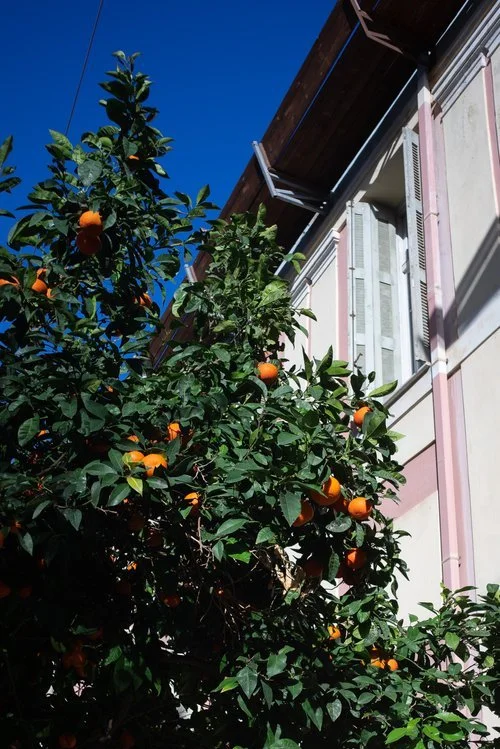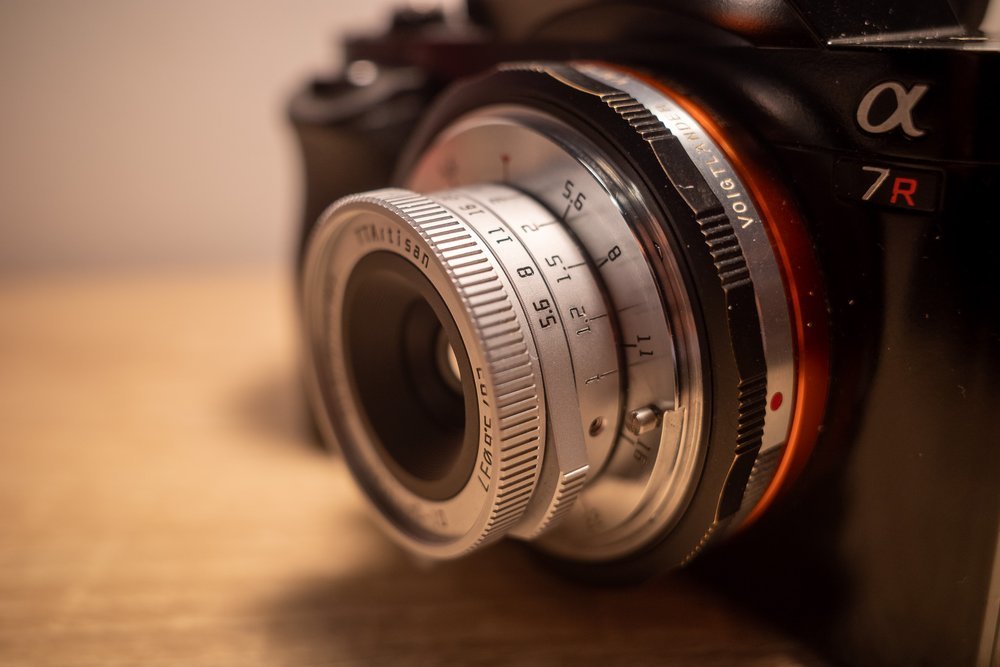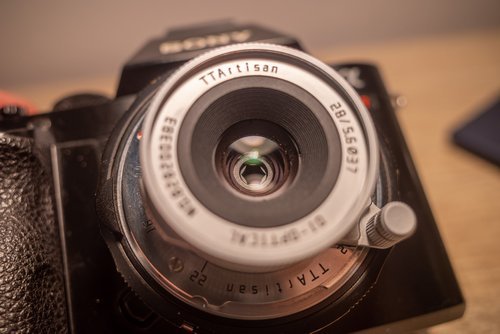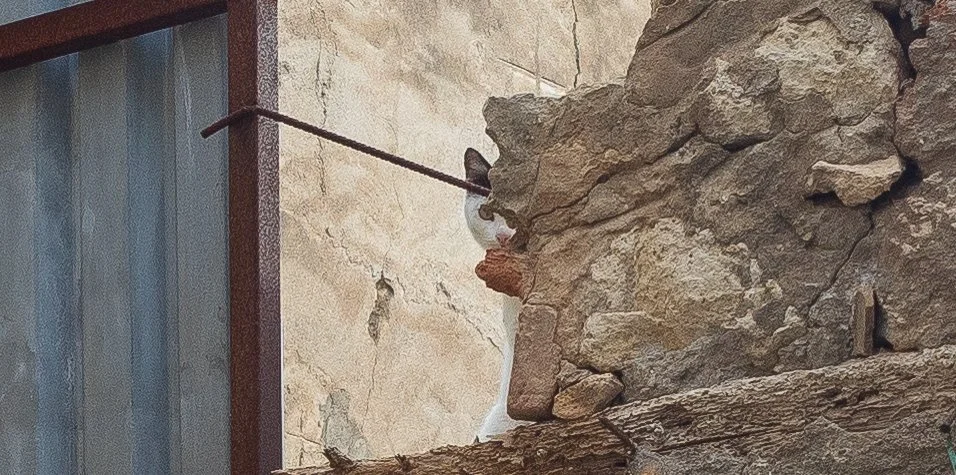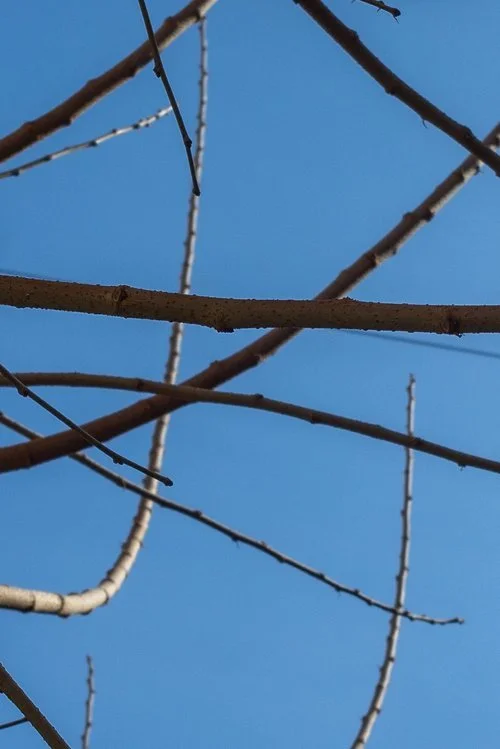REVIEW: TTARTISAN 28mm F/5.6 Lens
Introduction
Over the years, 28mm has become my favorite focal length, thanks in large part to my love for the Ricoh GR III (review). As I began investing in Leica m-mount lenses, I found the 28mm focal length a difficult one to account for with a good lens. All the Leica and Zeiss options were out of my price range and even at $900 the new Voigtlander Ultron 28mm f2 v2 was a bit more of a commitment than I was willing to make. I resolved to wait patiently for a good deal and be contented with my excellent 35mm options.
But just before flying out of the country, I saw an auction for this TTartisan 28mm f5.6 on Ebay. I was familiar with the lens but it had never been on my to-buy list because of it’s slow aperture. That said, I don’t often turn down the opportunity to buy a lens at a great price. Long-story-short, the auction concluded with a bid of $145 and I became the owner of a 28mm m-mount lens for the first time.
But just before flying out of the country, I saw an auction for this TTartisan 28mm f5.6 on Ebay. I was familiar with the lens but it had never been on my to-buy list because of it’s slow aperture. That said, I don’t often turn down the opportunity to buy a lens at a great price. Long-story-short, the auction concluded with a bid of $145 and I became the owner of a 28mm m-mount lens for the first time.
For photographers who are in the market for a new 28mm lens, the TTartisan 28mm F5.6 lens is a niche option worth considering. This lens is designed for the Leica M-mount, but I’ve been using it primarily with my Sony a7r and Olympus e-m1 mark ii. The lens is comparatively lightweight and compact, but delivers surprisingly high-quality images. In this article, we will take an in-depth look at the TTartisan 28mm F5.6 lens and explore its features, performance, and value for money.
TTartisan 28mm f5.6 adapted to my Sony a7r (original)
Features
Weight: 151 grams
Aperture: f5.6-f22, 6 blades
Filter size: 37mm
Sensor Compatibility: Full frame
Close Focusing Distance: 1 meter
Colors: Black, Silver, and Gold.
Retail Price: $328
Build Quality
TTartisan has built a reputation for offering excellent build quality at a relatively low price point. The 28mm f5.6 will further cement that reputation.
The lens is surprisingly heavy for the size and built entirely out of metal (no plastic anywhere to be seen). The metal around the barrel is matte silver while the metal opposite the mounting mechanism is reflective. The markings on the aperture ring and focusing mechanism are engraved.
The lens feels premium, which is impressive at this price. Tolerances are tight for the most part, although there is the slightest bit of wiggle present in the aperture ring on my copy.
The focusing mechanism is smooth and pleasant to use. This lens focuses using a focusing nub (similar to the traditional focusing tab on other M lenses), and it features and infinity lock mechanism when the nub is spun all the way to the right side. In order to release the infinity lock, the photographer must press down on the small button on top of the focusing nub before spinning the dial to the left.
Size and Handling
This is probably the smallest lens you can buy apart from the specialty lens-cap lenses with fixed apertures. The size is a real selling point for me. All other things being equal, I will always choose a small lens over a large one . This lens adapts well to my Sony a7r and is great on a shoulder strap because it doesn’t protrude and hit my arm as it swings when I’m walking.
TTartisan 28mm f5.6 mounted on a Voigtlander VM-E Close Focus Adapter
I’m not in love with the focusing nub (I would prefer the traditional tab), but it isn’t a big complaint.
I also don’t love the infinity lock mechanism on the focusing ring. In my opinion, it is unnecessary and can slow down the users ability to focus quickly, especially considering the ring is dampened well enough to hold focus at infinity by itself.
Minimum Focusing Distance
As you may or may not know, Leica m-mount lenses don’t usually focus very close to their subjects. The TTartisan 28mm f5.6 must be at least 1 meter from it’s subject in order to focus correctly, which is on the long end, even for m-mount lenses.
I’ve managed to get around this somewhat by using a Voigtlander close focus adapter for the Sony e-mount, but there are still times when this is limiting.
You aren’t going to be taking any macro shots with this lens. For some people, the close focusing ability (or lack thereof) is a deal breaker, and I can’t blame them because I enjoy getting close to my subjects.
Image Quality
With a brand new price tag of just over $300 USD, most people probably don’t have high expectations in the image quality department, but I think they’d be presently surprised. The TTartisan 28mm f5.6 creates nice, sharp images, and that isn’t just relative to its price category.
Sharpness:
Center sharpness is impressive at almost all apertures. All of the sample shots below were taken at the widest aperture of f5.6.
TTartisan 28mm f5.6, shot at f5.6, adapted to Sony a7r
100% crop, center
200% crop, center
100% crop, corner
As with most lenses, sharpness begins to decrease as you move towards the corners.
This next shot was zone focused. I did not have time to achieve critical focus because my subject was moving quickly. That said, even using zone focus, the sharpness is evident.
I spy a cat
100% crop… Hello Mr. Cat (these images are 90% quality).
Distortion:
As you can see from the ancient Venetian wall pictured below, there is a tiny bit of distortion but nothing concerning.
Bokeh:
I’m not sure how valuable it is to discuss the bokeh quality on a 28mm f5.6 lens, but here we go…
If you are close to your subject, you can create a bit of background blur, but you certainly won’t be labelling the TTartisan 28mm a “bokeh beast.”
Chromatic Aberration:
The TTartisan 28mm f5.6 performed well in my chromatic aberration test. Neutral subjects in high contrast scenes showed little to no aberrations.
Statue of Athena in Athens, Greece - Sony a7r and TTArtisan 28mm f/5.6
Sony a7r and TTArtisan 28mm f/5.6
Evidently, the great goddess Athena was too powerful to be marred by chromatic aberrations.
No purple or green aberrations worth mentioning
Flare:
I’ve pointed the TTartisan 28mm f5.6 into the sun a bunch of times, and have been generally pleased with the results. Flare is relatively well controlled at most angles, however, I did experience some halo flare in a few situations. The light source has to be in a very specific area of your frame to create this effect. Reframing ever-so-slightly will make the halo disappear. It isn’t a deal breaker for me because it is somewhat rare.
Low-Light Photography
I’ve heard many people suggest you can’t shoot the TTartisan 28mm f5.6 at night because a 5.6 maximum aperture is useless in the dark, but I’d like to offer some low-light photos for debate.
I adapted this lens to my Olympus e-m1 mark ii (micro 4/3 sensor) and took it out one evening in Athens, Greece. While I would never argue a 5.6 aperture is ideal for low-light photography, I would argue it’s usable in a lot of situations. I’ll let you be the judge.
How I Use the Lens
The TTartisan 28mm is great for people who utilize zone focusing often. I shoot this lens almost exclusively with zone focus. Considering the wide field of view and the fact that you’ll never be shooting this lens wider than f5.6, it’s a great option for experienced zone-focusers or those looking for an inexpensive lens to learn.
Conclusion and Recommendation
In conclusion, I consider the TTartisan 28mm f5.6 a bit of a niche product. It has a unique look and a unique set of limited capabilities, but isn’t it nice to see something a bit unique in the camera industry? I’ve enjoy shooting this lens because of its compact size, light weight, image quality, build quality, and simplicity.
This is a fun lens! The kind that brings the joy back into photography. It’s a great lens for those interested in trying manual focus for the first time or for those who don’t have the cash for a more traditional m-mount 28mm.
If you are concerned about image quality, don’t be! In the center it is very sharp and the corners are acceptable to all but the most critical. I would even consider this lens as an every-day-carry option (unless you shoot a lot in the dark).
I will not be selling my copy. I’m keeping this one for the long-term (although I may buy another copy in black). Whether you buy this lens new or used, I think it represents excellent value for money… and most importantly… excellent fun for money.
If you are thinking about buying the TTartisan 28mm f5.6, please consider buying through my affiliate link here. It won’t cost you anything extra and it helps support this website.
Link on Amazon: https://amzn.to/3lsHm7k




